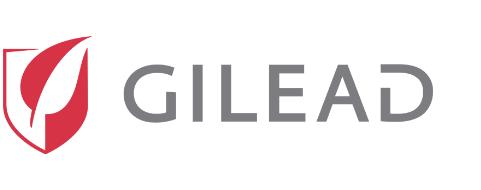Biktarvy Effective for HIV Patients Coinfected With Hepatitis B
At AIDS 2022, Gilead presented data suggesting Biktarvy was a safe and effective complete HIV treatment regimen, including for those coinfected with hepatitis B.

At the 24th International AIDS Conference (AIDS 2022), Gilead presented trial data finding Biktarvy as a highly effective treatment for people living with HIV, including those coinfected with hepatitis B (HBV).
Biktarvy (bictegravir 50 mg/emtricitabine 200 mg/tenofovir alafenamide 25 mg tablets, B/F/TAF) is a complete HIV treatment, and the smallest 3-drug integrase strand inhibitor (INSTI)-based single-tablet regimen available.
Interim data from the ongoing phase 3 ALLIANCE trial suggests that compared to an alternative HIV regimen, Biktarvy demonstrated potential suppression of HIV and HBV.
“Emerging HIV epidemics in areas of high HBV rates such as Asia are expanding the number of people with HIV/HBV coinfection,” said senior researcher Anchalee Avihingsanon, MD, PhD. “This inclusive and representative study enrolled and treated participants from 11 different geographies with 88% of participants of Asian descent, driving the availability of data from within those communities most impacted.”
The ALLIANCE study evaluated the safety and efficacy of Biktarvy over 4 years in Asia, Europe, and North and Latin America. ALLIANCE (NCT03547908) is a phase 3, randomized, double-blind study, evaluating Biktarvy in adults initiating their first treatment regimen for HIV/HBV coinfection.
The primary study endpoints were RNA suppression (<50 copies/mL) and the proportion of adults with plasma hepatitis B DNA suppression (<29 IU/mL). Secondary endpoints were the efficacy of Biktarvy in comparison to dolutegravir 50 mg + emtricitabine 200 mg/ tenofovir disoproxil fumarate 300 mg (DTG+F/TDF).
The trial enrolled 243 participants, 121 who were assigned to Biktarvy and 122 who received DTG+F/TDF.
At week 48, Biktarvy had superior HBV suppression. Among the participants treated with Biktarvy, 63% demonstrated HBV DNA suppression, compared to 43% of the participants treated with DTG+F/TDF. Hepatitis B e-antigen (HBeAg) seroconversion was 23% for the Biktarvy cohort and 11% for the DTG+F/TDF cohort. Additionally, 13% of the Biktarvy patients had numerically higher hepatitis B surface antigen (HBsAg) loss, compared to 6% of DTG+F/TDF patients.
Both cohorts had similar rates of HIV viral suppression, 95% for the Biktarvy group and 91% for the DTG+F/TDF recipients. The 5-year cumulative data Gilead presented at AIDS 2022 demonstrated the sustained efficacy and durable viral suppression of Biktarvy as a first-line therapy for people living with HIV.
The safety profiles of Biktarvy and DTG+F/TDF were similar between the 2 treatment groups. The use of Biktarvy for patients coinfected with HIV/HBV is investigational, and its safety and efficacy for this use has not been established.
